Tobacco Road: Valle de Viñales and Havana
with Jennifer Spelman and Carlos Otero Blanco
Online registration for this program has closed. To check availability, find about about future dates, or if you would like further information, please call 505-983-1400 ext. 111. Also, get the SFW E-Newsletter for updates!
Sign-up for the Newsletter:
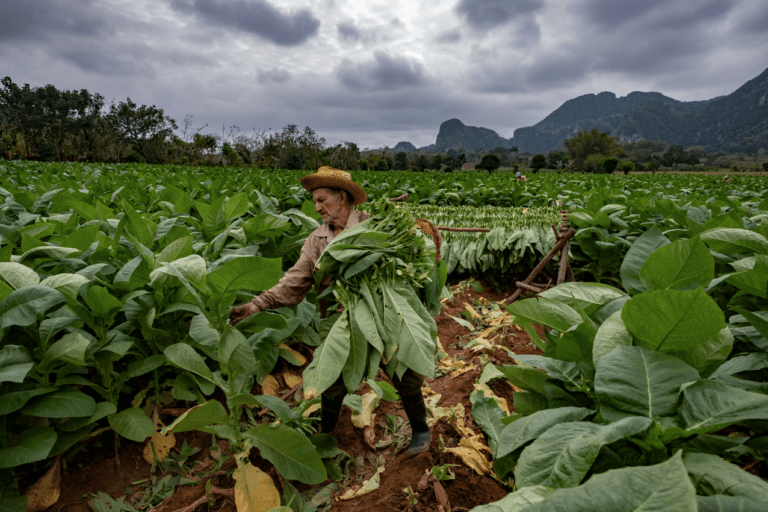
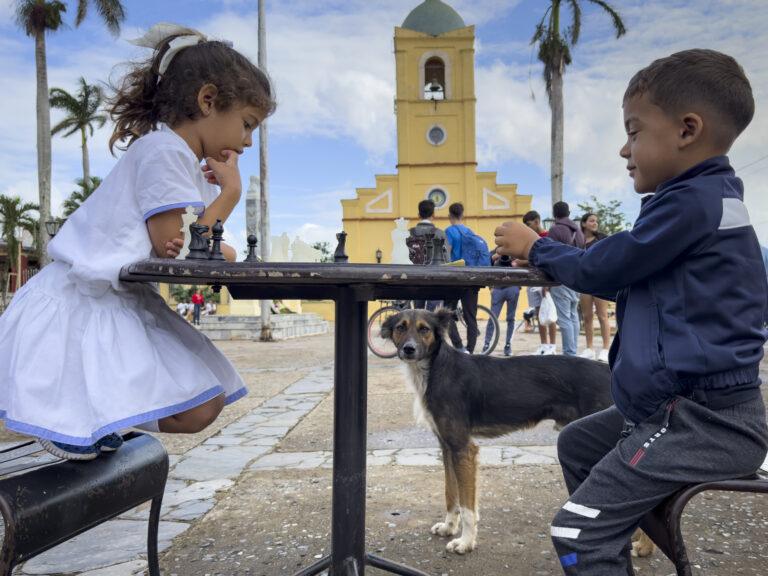
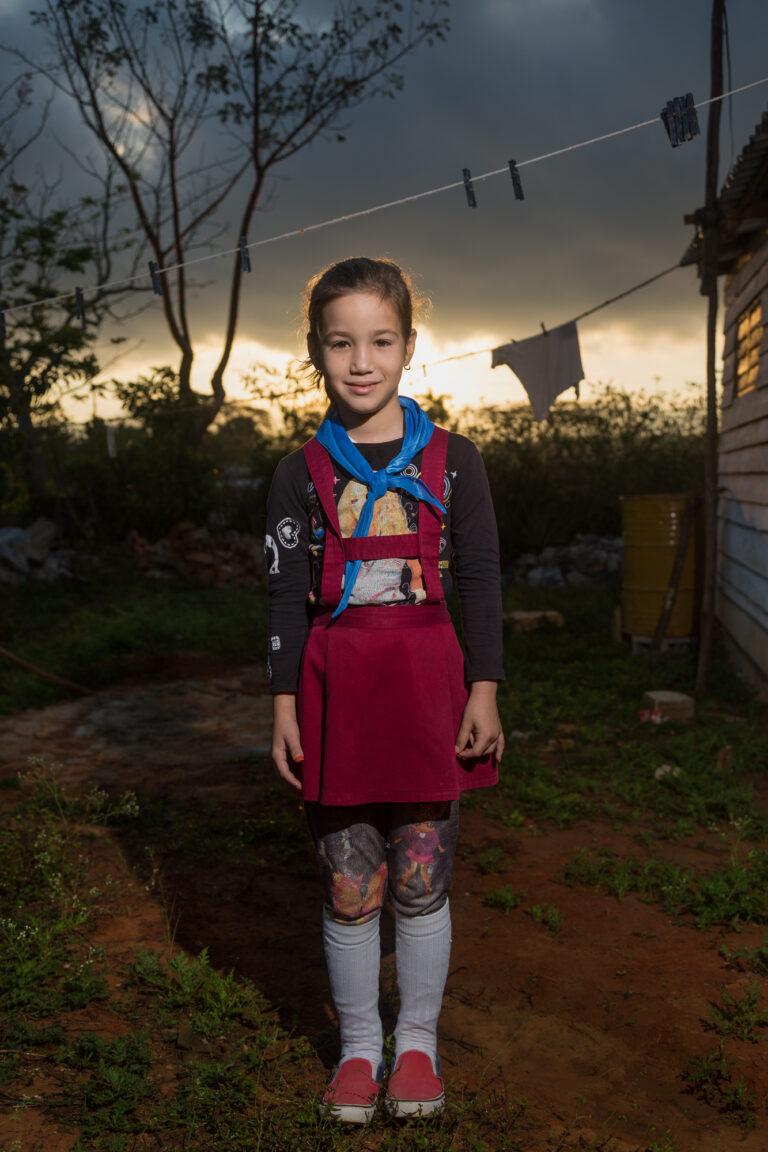
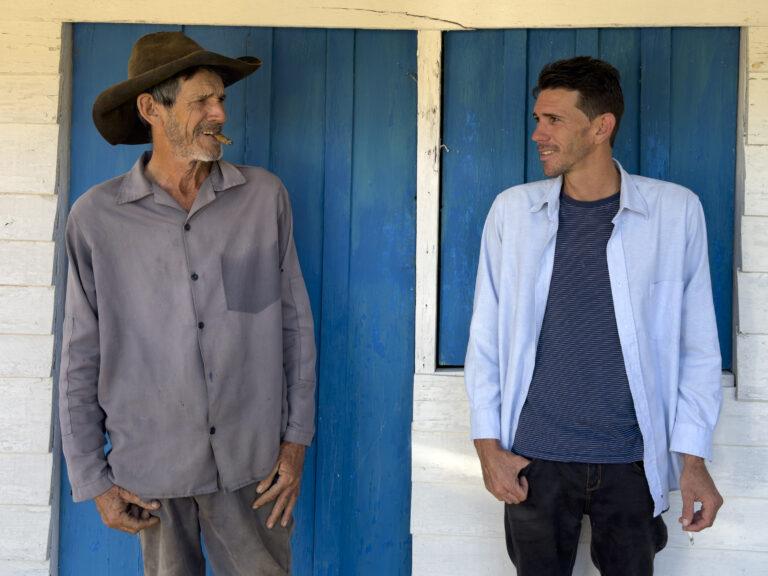
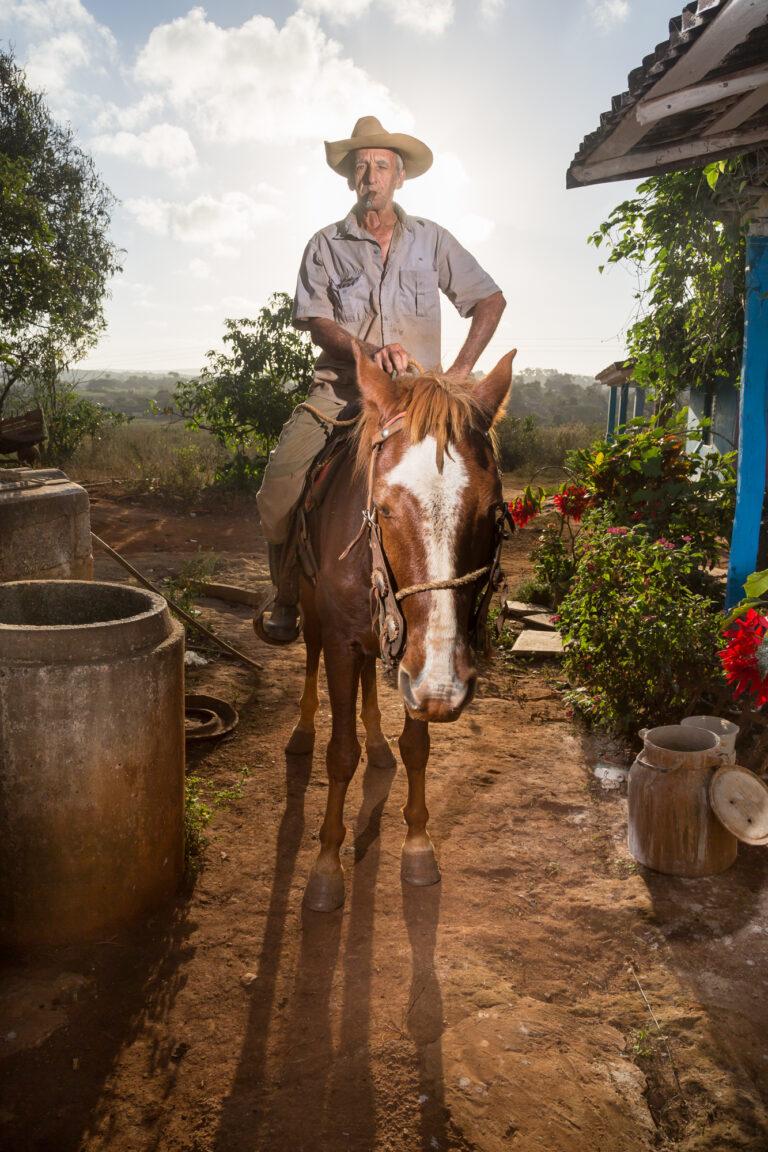
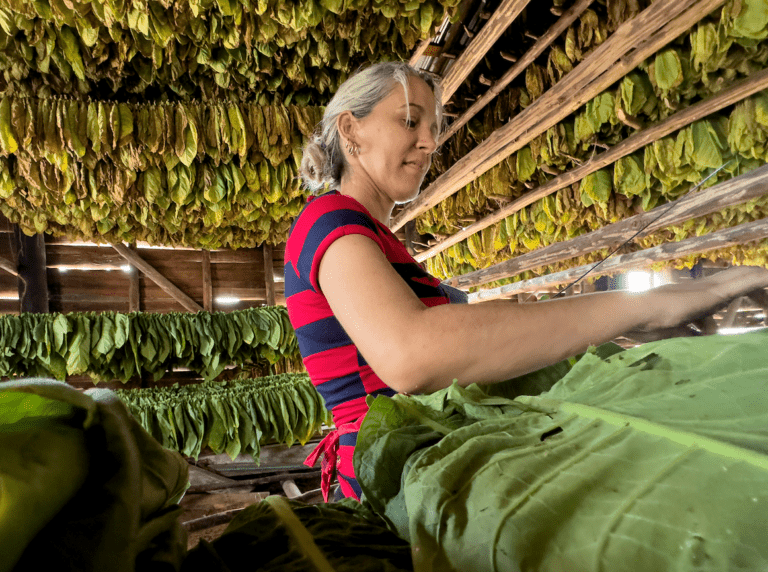
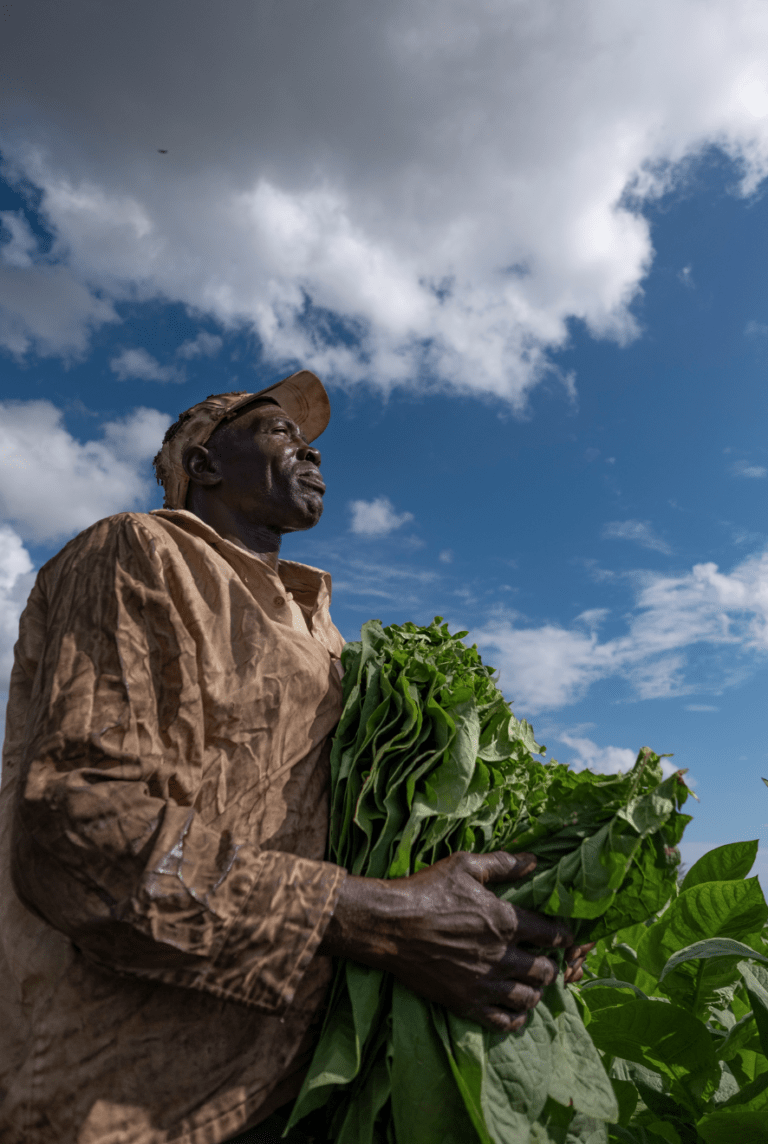
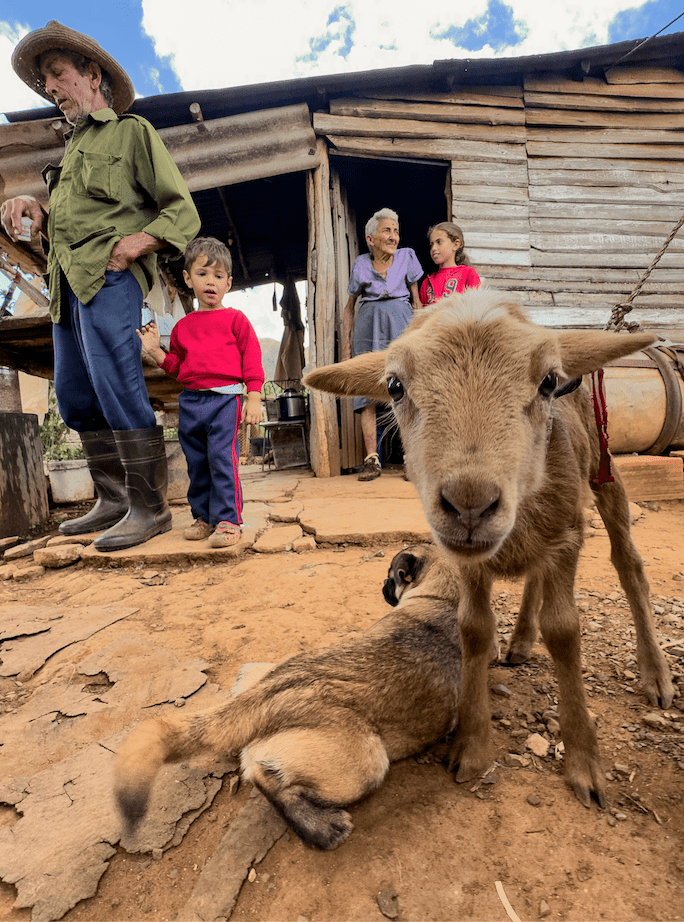
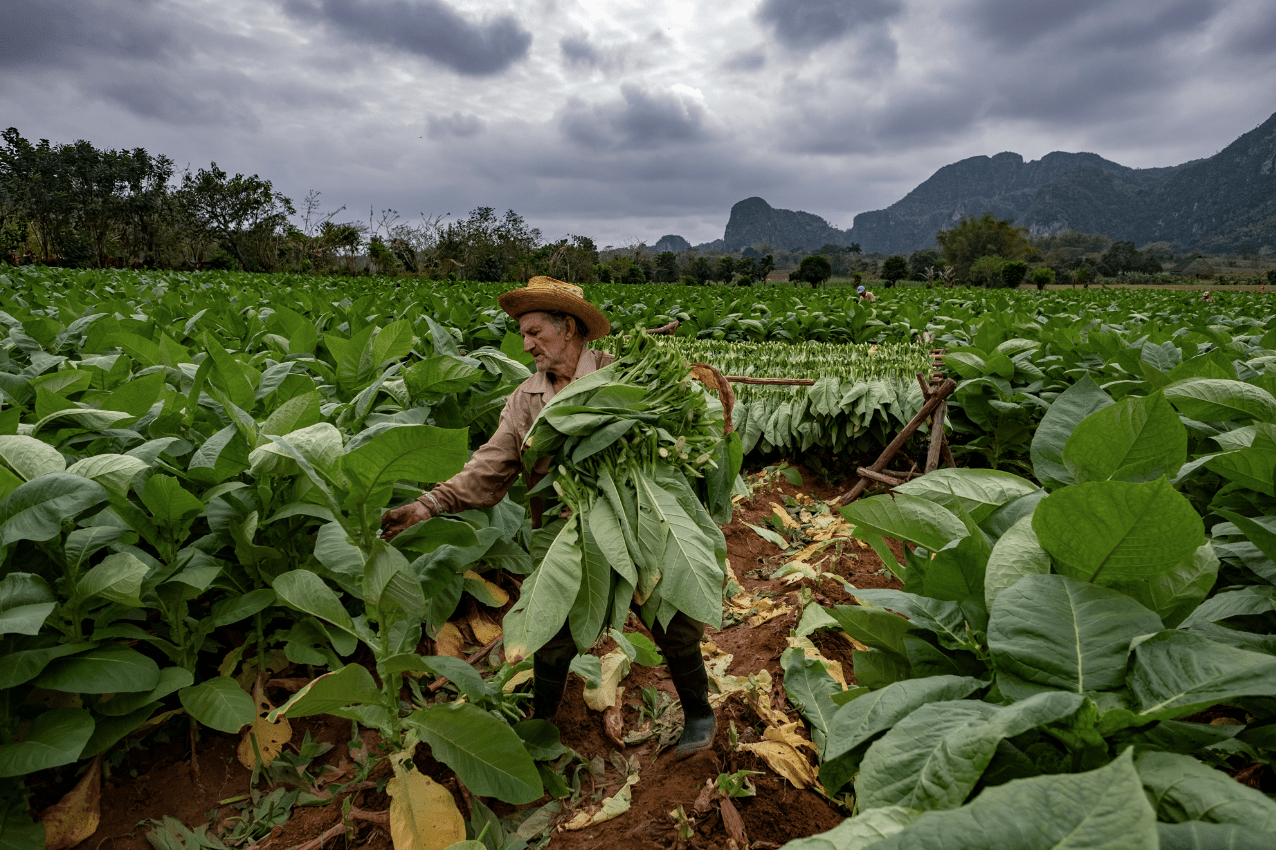
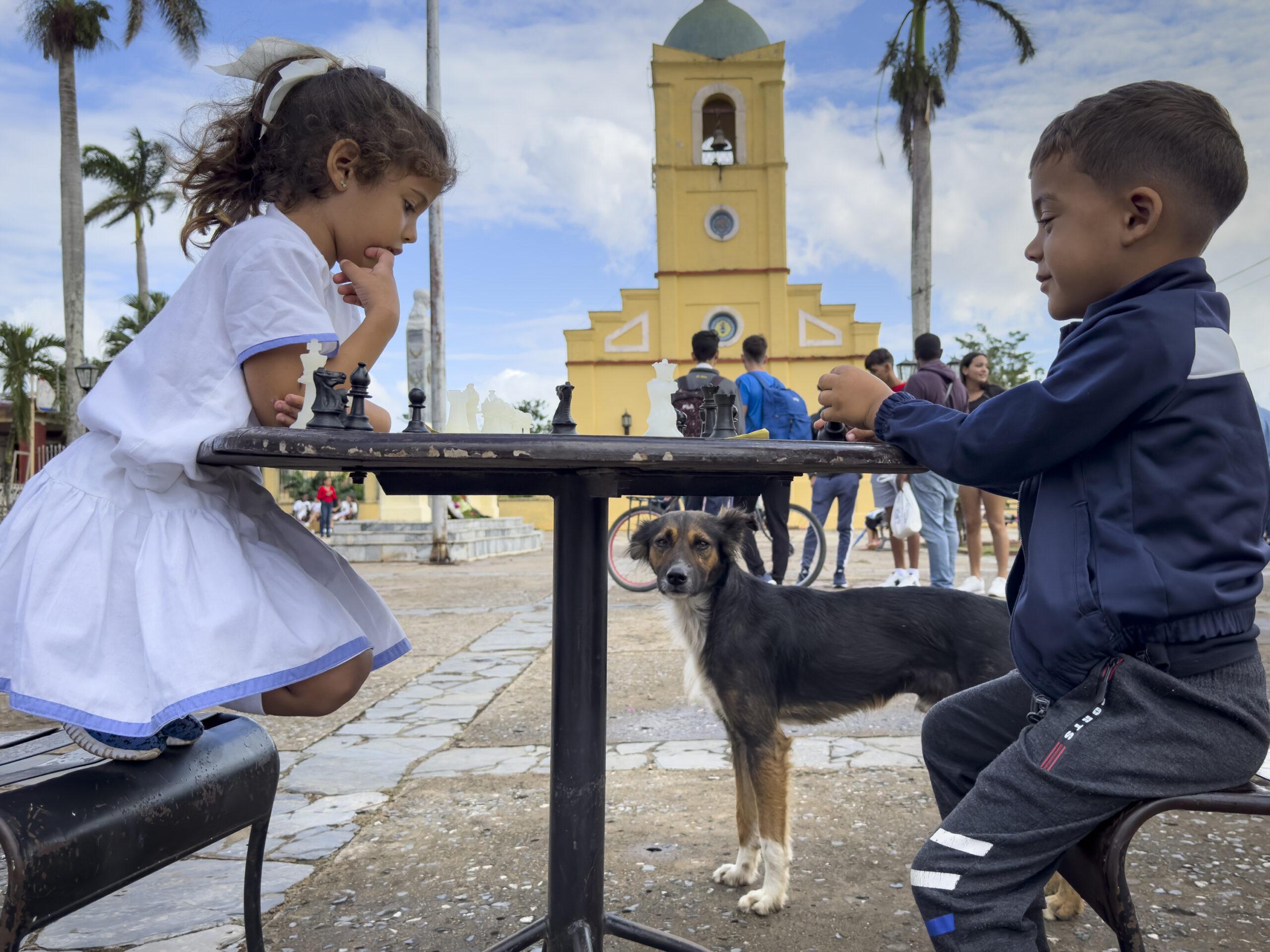
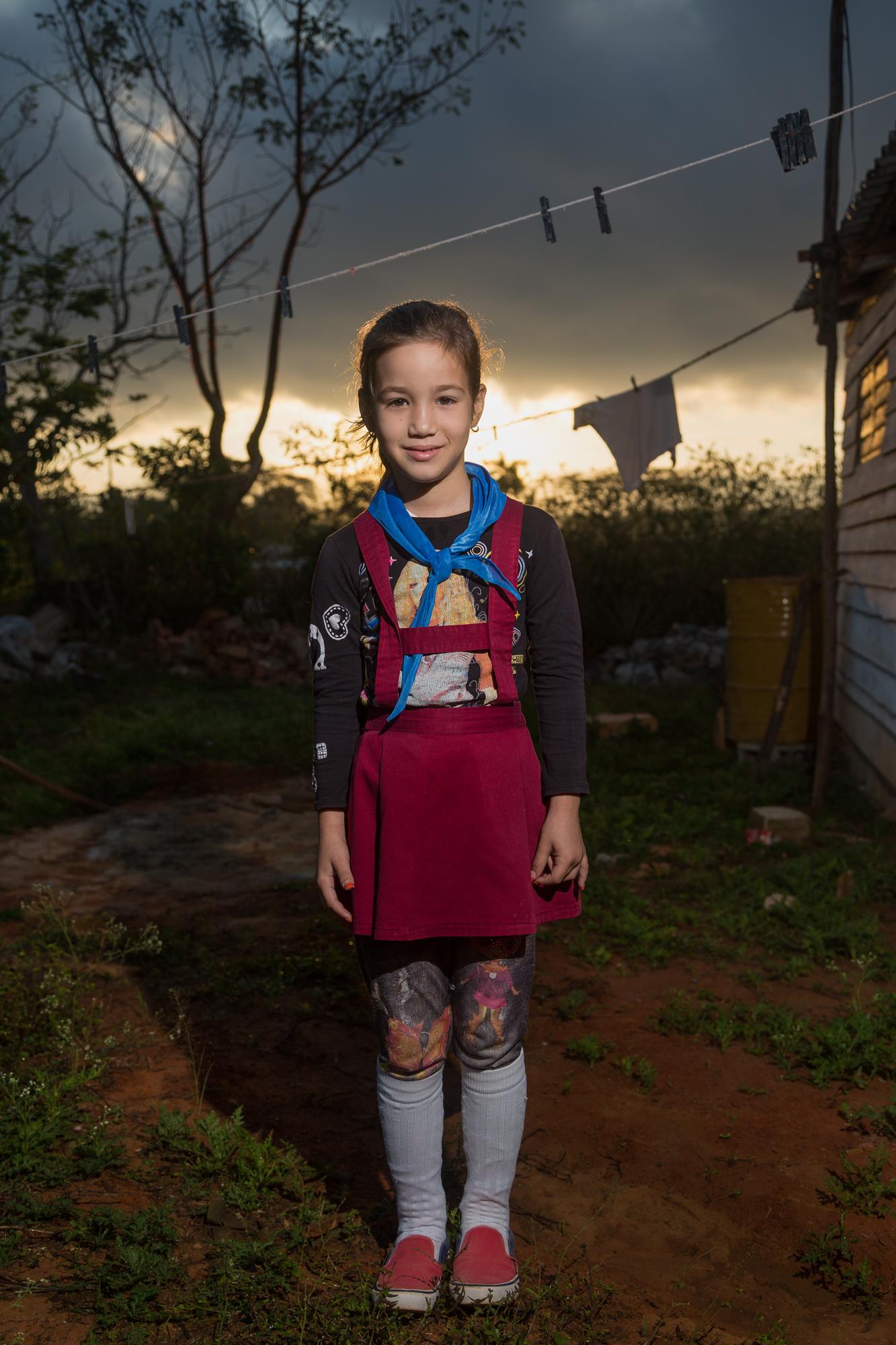
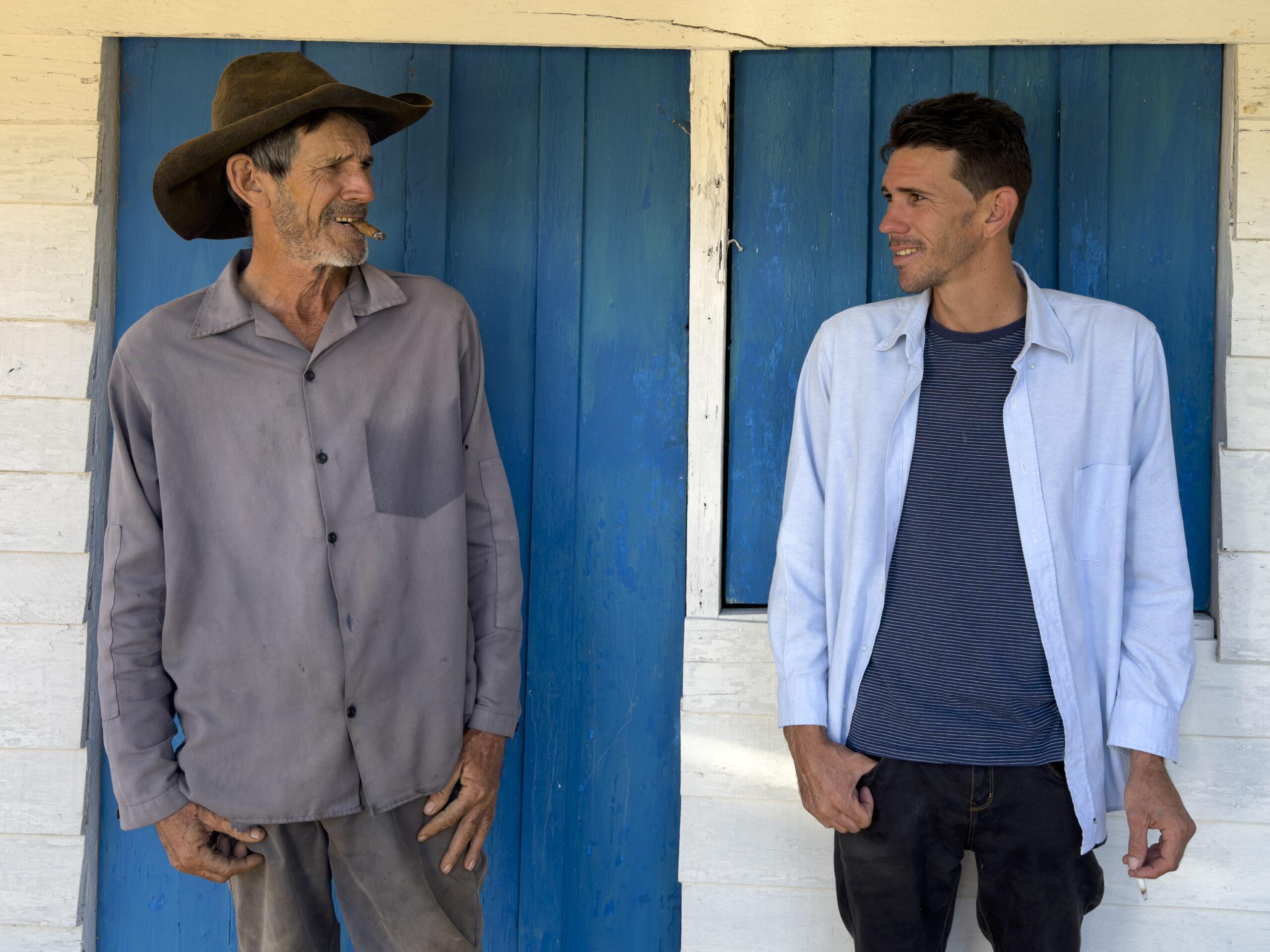
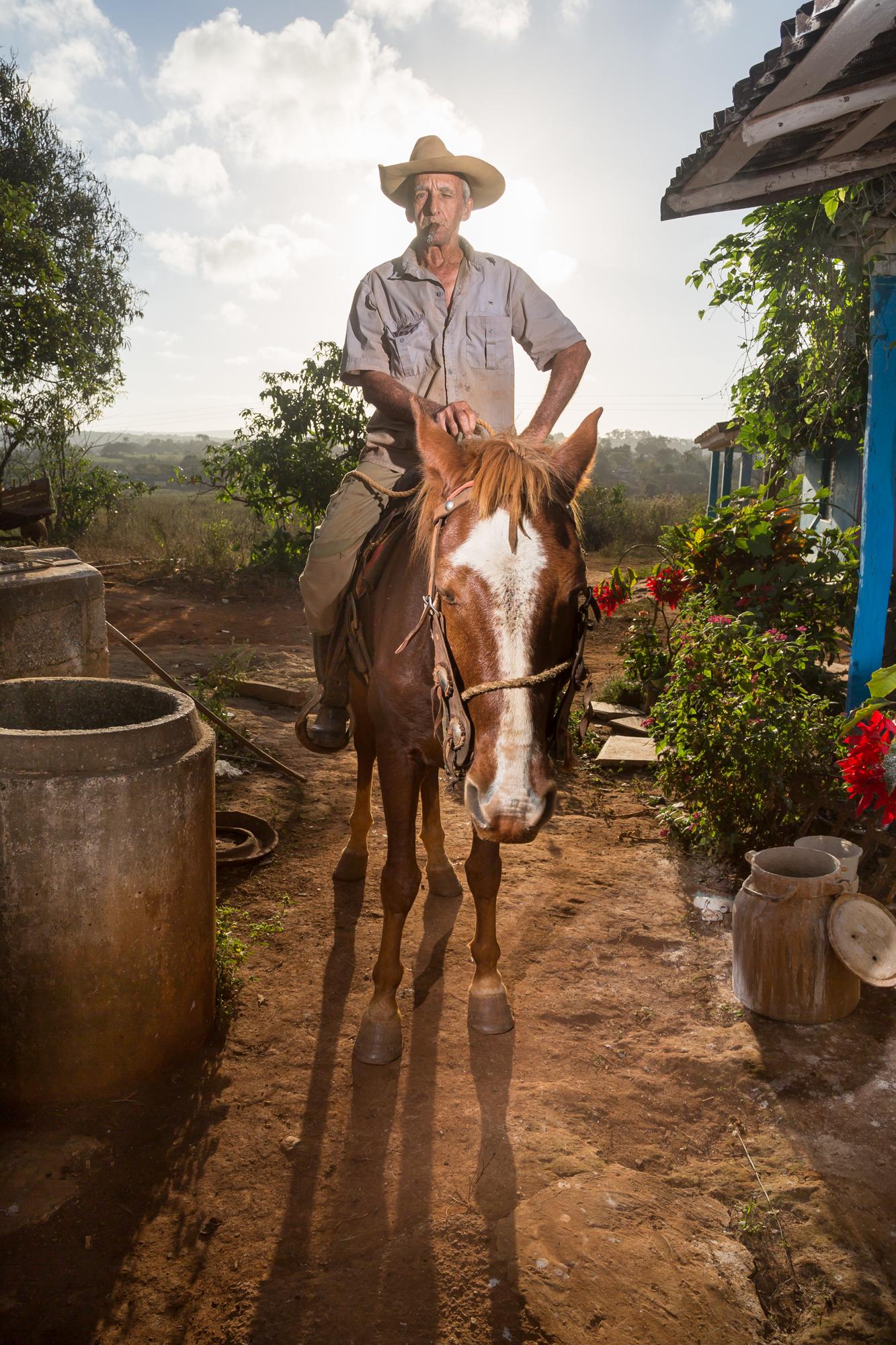
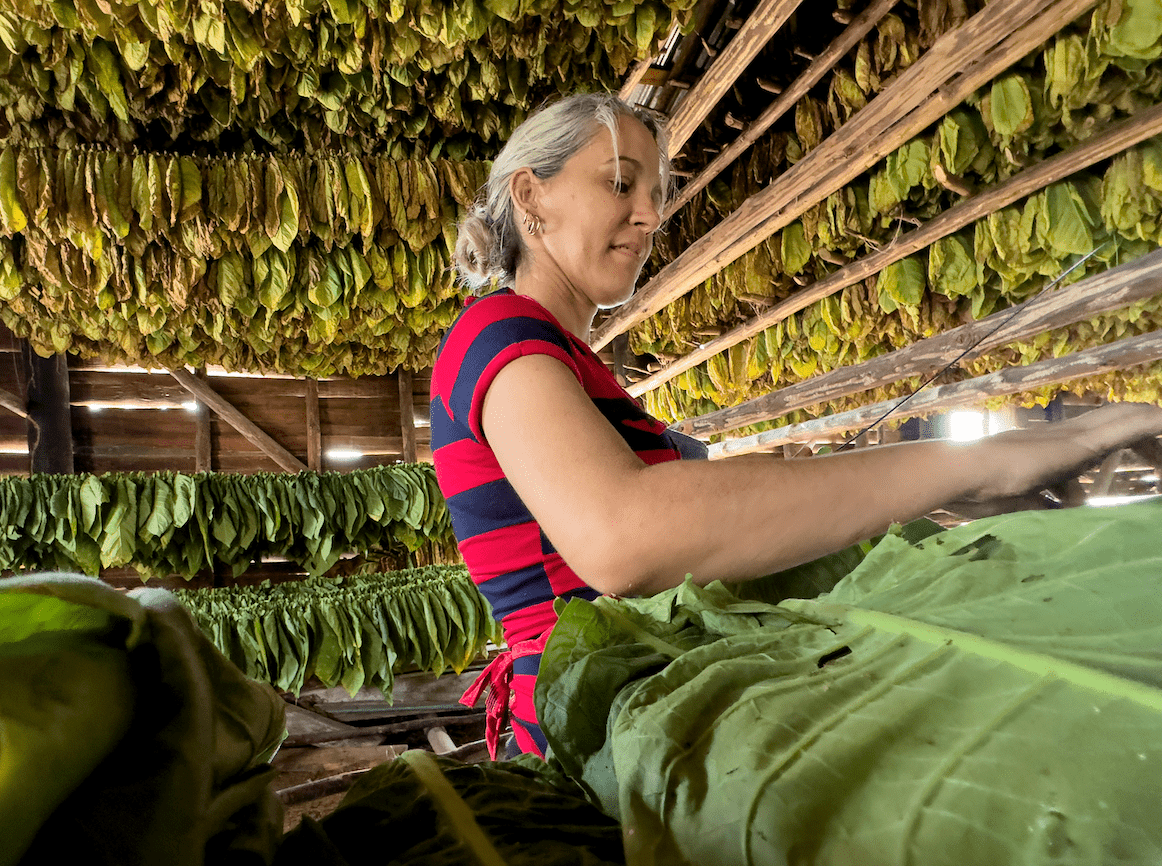
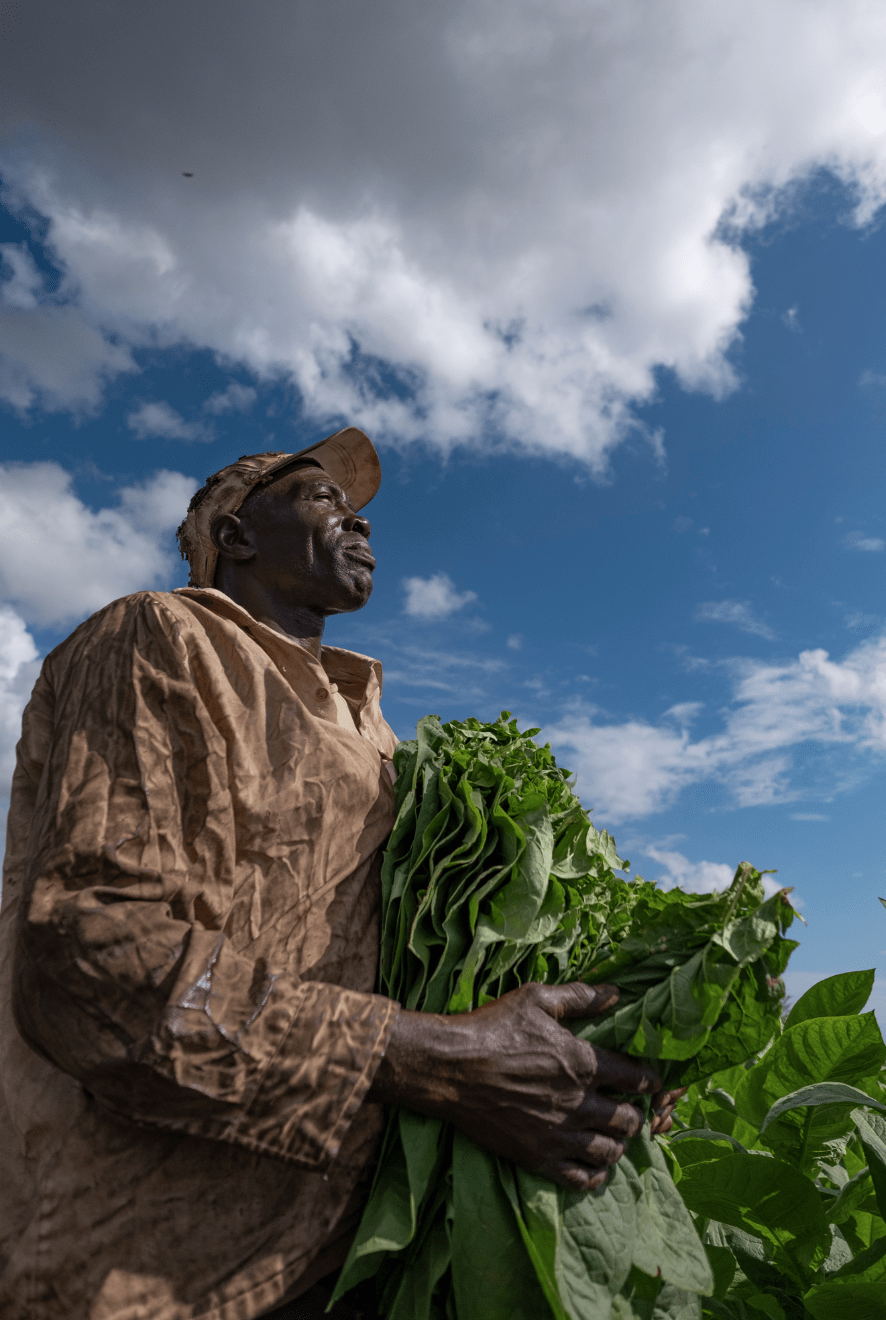









Course Description
Cuban cigars are widely accepted as the best in the world. What makes them so admired is a mixture of fact and fiction. The mystique of the Cuban cigar has been cultivated by Cuba itself, in part through the most legendary faces of the island—Fidel Castro and Ernest Hemingway. The reality is the tobacco plant is indigenous to the island and the climate and rich sandy loams of the Pinar del Río region are ideal for growing it. The first plantations arose in the 18th century and tobacco quickly became, after sugar, Cuba’s second most important crop.
Join Jennifer Spelman and Carlos Otero Blanco for a well-planned program to Cuba’s most scenic region. Our Tobacco Road trip explores Cuba’s western-most province and the dramatic beauty of the Viñales Valley. We travel back in time to a quieter and simpler Cuba where small, independent farmers work family plots and use ox-power to plow their fields. Leisurely traversing the lush countryside, we meet the generous Cuban people to discover the essence of their lives and culture with our curiosity and our cameras.
We arrive in Havana on Sunday and after enjoying a late lunch outside of town, we depart by van to the verdant Valle de Viñales—a UNESCO World Heritage site. Our comfortable casa particulars are located a few blocks from the village center of tranquil Viñales and feature large front patios with rocking chairs perfect for unwinding after a day exploring in the countryside.
Over the next four days, we slowly meander through the beautiful landscapes. Our travels take us off the tourist path, exploring authentic fincas to engage with the humble local farmers and their welcoming families. We make photographs as they harvest their delicate tobacco crop and ready the broad, flat leaves to be hauled off by slow-moving oxen for storage before the sorting and drying process. We visit the communities of Minas de Mahatambre—a small rural town remembered for traditional copper mining—and nearby idyllic coastal villages to meet Cubans from all walks of life.
We take a different route to travel slowly back to Havana. Our last full days allow time to visit different neighborhoods throughout this vibrant city. Our journey culminates on Sunday with a final evening celebration dinner and image presentation of our favorite photographs. We depart the next day and bid farewell to Cuba, until our next visit to this remarkable country.
In alliance with Cuba’s premier photographic organization, Fototeca de Cuba our unique program allows participants a unique experience in Cuba through the photographer’s eye. Our educational program offers a cultural exchange with the Cuban people as well as a rich photographic educational experience. With your camera as your entrée into people’s lives, this inspiring week with Carlos and Jennifer expands your understanding of the inhabitants of this beguiling island and opens the door into less explored Viñales Valley.
True to the requirements of a people-to-people General License with U.S. Treasury Department, Tobacco Road: Valle de Viñales and Havana focuses on educational exchanges with the Cuban people and recording their amazing lives with our cameras.
Additional Information
COVID-19 Update: For all in-person workshops and trips in 2023, Santa Fe Workshops highly recommends that all participants, staff, and instructors attending be up to date with Covid vaccinations (per definition of the CDC). For international trips, local laws will apply, so it is important that you confirm you will be fully vaccinated according to the countries on your trip.
WHO SHOULD ATTEND:
This SFW Cuba program is open to amateur, advanced amateur and professional photographers. Enrollment is limited to eight participants.
What You Should Know:
Participants should be technically self-sufficient, as this is not a program to learn how to use your gear or editing software. Participants should be in very good health with good stamina and mobility, as long days are spent exploring—this means walking, sometimes for two to three hours at a time, occasionally up steep stairs, steep hills, and along uneven terrain.
Policies:
View Payment, Refund, Withdrawal, and Transfer Policies for this International Program.
Categories
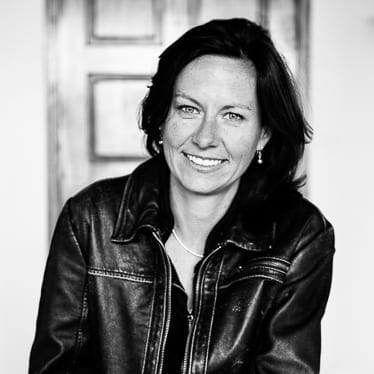
about
Jennifer Spelman is a sensitive documentary and fine-art photographer, as well as a playful observer of the subtleties of human activity. Her images pop with insight and imagination, exciting curiosity and suggesting secrets. As an educator and trip leader, Jennifer is in high demand for her creative instructional insights, easy-going nature, and sharply-honed international photography travel acumen.
Since 2011, Jennifer has co-instructed domestic and international photography workshops for National Geographic Expeditions, OneWorldSeen, and Santa Fe Workshops through Morocco, India, Cuba, Turkey, Romania, Mexico, Vietnam, and Japan. She is especially proud of the many imaginative and immersive photo trips she has co-led in elusive Cuba. Jennifer also co-founded the niche publication, CubaSeen, and is engaged in Santa Fe Workshops’ popular Mentorship Program ».
Website: jenniferspelman.com
Instagram: @jennifer_spelman
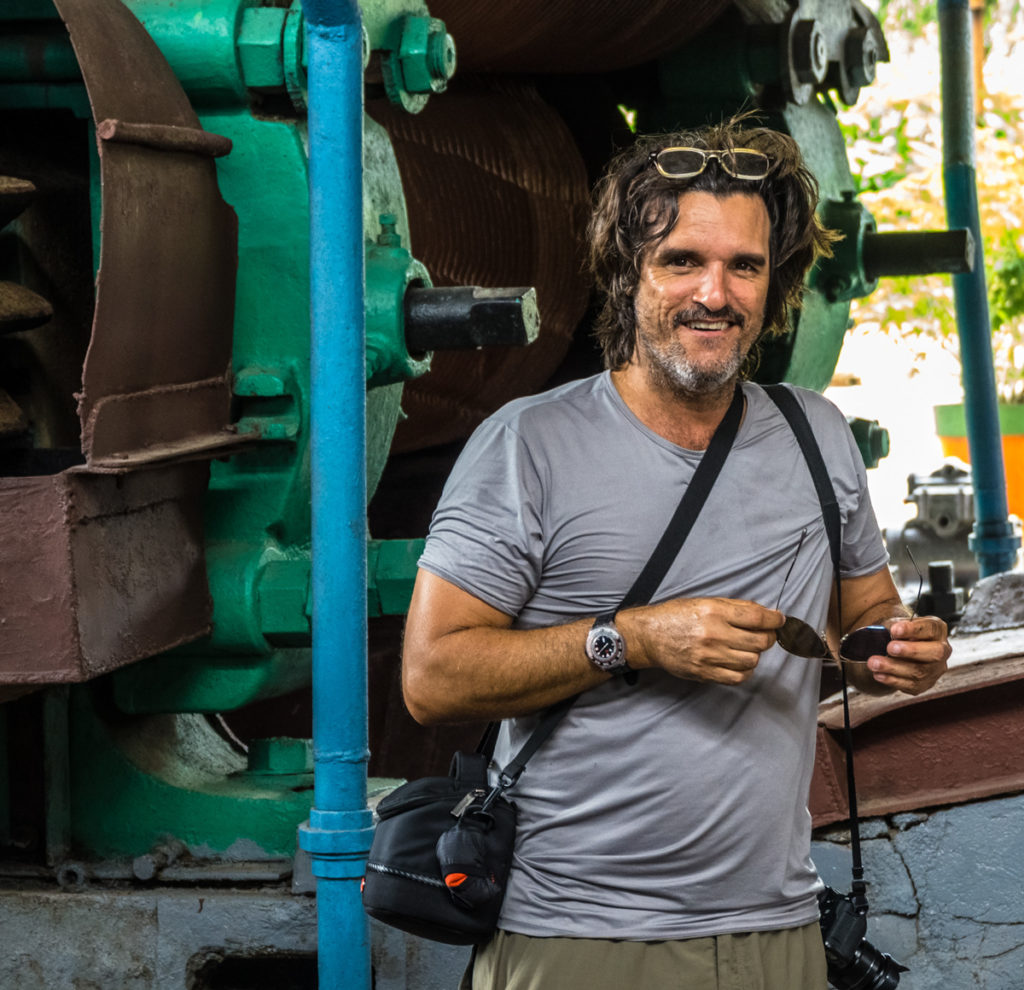
about
Carlos Otero Blanco is a photographer who specializes in underwater photography. Despite the fact that Carlos left Cuba after finishing high school in Havana to study hydrogeologic science in a university institute of the city of Novocherkas, Russia, he recalls art was always his main interest. In fact, in the cruise ship that took him to the late Soviet Union, he was already shooting b/w film with a Zorki camera, one of the few available in Cuba in the 80’s. Carlos recalls that very soon after arriving to Russia, he was already doing extracurricular activities with the institute’s photographer and starting to learn the trade. So, back to Cuba with a university title, Carlos never really went into what he study abroad, but instead sold his old Moskvich soviet car and bought his first digital cameras. Since then, photography has been the main tool for his artistic drive, with a wide range of thematic interests that span from documentary photography, to portraiture, to conceptual art, and nature.
In documentary photography, Carlos is probably best known for his photographic study on Cuban bedrooms, with hundreds of these shot all over Cuba since 2009. This effort of years (still ongoing) has led to a specific book (“Dormir con…” [“To Sleep with…”], co-authored by Enrique Rottenberg), has been shown in several national and international exhibits, and in recently featured articles in the New York Times (Cuba’s Secret Bedrooms), other publications, and books on Cuban photography.
Carlos is also a deep lover of nature and adventure photography. He has done studies in subaquatic archeology, and holds several diving master and instructor international titles. In consequence, Carlos is a certified subaquatic photographer and video instructor, and has participated in apnea and diving productions, and has won prizes in three international subaquatic photography contests.





